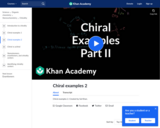
Chiral Examples 2
- Subject:
- Chemistry
- Physical Science
- Material Type:
- Lesson
- Provider:
- Khan Academy
- Author:
- Khan Academy
- Date Added:
- 09/22/2013

Chiral Examples 2
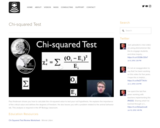
Paul Andersen shows you how to calculate the chi-squared value to test your null hypothesis. He explains the importance of the critical value and defines the degrees of freedom. He also leaves you with a problem related to the animal behavior lab. This analysis is required in the AP Biology classroom.
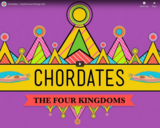
The video resource "Chordates - CrashCourse Biology #24" is included in the "Biology" course from the resources series of "Crash Course". Crash Course is a educational video series from John and Hank Green.

The video resource "Christianity from Judaism to Constantine: Crash Course World History #11" is included in the "World History" course from the resources series of "Crash Course". Crash Course is a educational video series from John and Hank Green.

Chromium is element number 24. This video is one of the 118 clips included in the periodic table of elements themed collection created by Brady Haran and the University of Nottingham in the UK.

Paul Andersen explains aspects of genetics that were not covered by Gregor Mendel. He begins with the following topics; incomplete dominance, codominance, epistasis, multiple alleles, and multiple genes. He then explains how linked genes were discovered by Thomas Hunt Morgan and Alfred Sturtevant. He also discusses sex-linked traits.

Paul Andersen describes genetics at the chromosomal level. He begins with a simple monohybrid cross as viewed through Mendelian genetics and then shows how genes are distributed through meiosis to possible gametes. This is following by a dihybrid cross and a cross that shows gene linkage.

Discussion of the relatively recent changes in our ability as a species to shine light on our deep past

The video resource "The Cinematographer: Crash Course Film Production #8" is included in the "Film Production" course from the resources series of "Crash Course". Crash Course is a educational video series from John and Hank Green.
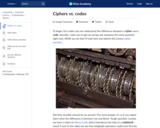
Assess your understanding of the code breaking presented in the ancient cryptography lesson. This series of articles and exercises will prepare you for the upcoming challenge!
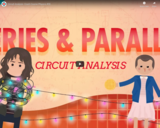
The video resource "Circuit Analysis: Crash Course Physics #30" is included in the "Media Literacy" course from the resources series of "Crash Course". Crash Course is a educational video series from John and Hank Green.
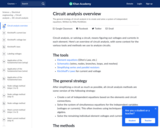
The resource "Circuit analysis overview" is included in the "Electrical engineering" course from Khan Academy. This resource is one of the sub-topics in the "Circuit analysis" topic area.

The resource "Circuit terminology" is included in the "Electrical engineering" course from Khan Academy. This resource is one of the sub-topics in the "Circuit analysis" topic area.

The resource "Circuit terminology" is included in the "Electrical engineering" course from Khan Academy. This resource is one of the sub-topics in the "Circuit analysis" topic area.

Understanding the flow of resources in the simplest possible economy

Hank takes us on a trip around the body - we follow the circulatory and respiratory systems as they deliver oxygen and remove carbon dioxide from cells, and help make it possible for our bodies to function.
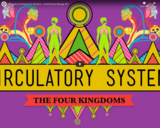
The video resource "Circulatory & Respiratory Systems - CrashCourse Biology #27" is included in the "Biology" course from the resources series of "Crash Course". Crash Course is a educational video series from John and Hank Green.
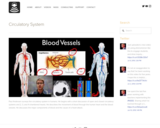
Paul Andersen surveys the circulatory system in humans. He begins with a short discussion of open and closed circulatory systems and 2, 3, and 4-chambered hearts. He describes the movement of blood through the human heart and the blood vessels. He discusses the major components of blood and the cause of a heart attack.
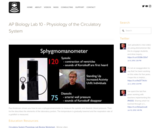
Paul Andersen shows you how to use a sphygmomanometer to measure the systolic and diastolic blood pressure. Then he the describes the elements of the laboratory portion. The temperature is gradually lowered and the respiration rate of a goldfish is measured.
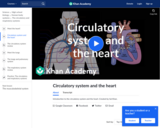
Introduction to the circulatory system and the heart